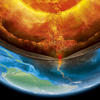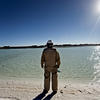You are here
Rock Stars
08.16.2016, by
A new book by physicist Jean-Claude Boulliard traces the ins and outs of different mineral families, each more surprising than the next. Bridging the worlds of science and art is a surprising feat, as these intriguing shapes and mesmerizing colors will attest.
These images come from the book “Les Minéraux: sciences et collections,” published by CNRS Éditions. Most of the minerals are displayed in the collection of the UPMC-Sorbonne Universités.

1
Slideshow mode
The king of metals and the metal of kings, gold has been known since prehistoric times. These serrated leaves (7 x 7 x 2 cm) were extracted in Eagles’s Nest, California. Leaves weighing several kilograms were discovered in this deposit.
Alain Jeanne-Michaud / Collection de minéraux de l'IMPMC / UPMC-Sorbonne Universités

2
Slideshow mode
Some cerussite specimens are particularly fragile and travel poorly such as this one, damaged by aircraft cargo-compartment decompression. This cerussite (on wulfenite) was extracted in Jianshan, China (20 x 10 x 10 cm).
Alain Jeanne-Michaud / Collection de minéraux de l'IMPMC / UPMC-Sorbonne Universités

3
Slideshow mode
The largest-known piece of tetrahedrite (14 x 13 x 12 cm) was discovered in the Irazein mine, in Ariège, France. Its name refers to the tetrahedral shape of its crystals.
Alain Jeanne-Michaud / Collection de minéraux de l'IMPMC / UPMC-Sorbonne Universités

4
Slideshow mode
A 19th century French superstition still ascribes evil properties to opal. This reputation, no doubt spread by jewel setters and gem cutters, apparently derives from its fragility. This opal was extracted in Opal Butte (US) (21 x 20 x 10 cm).
Alain Jeanne-Michaud / Collection de minéraux de l'IMPMC / UPMC-Sorbonne Universités
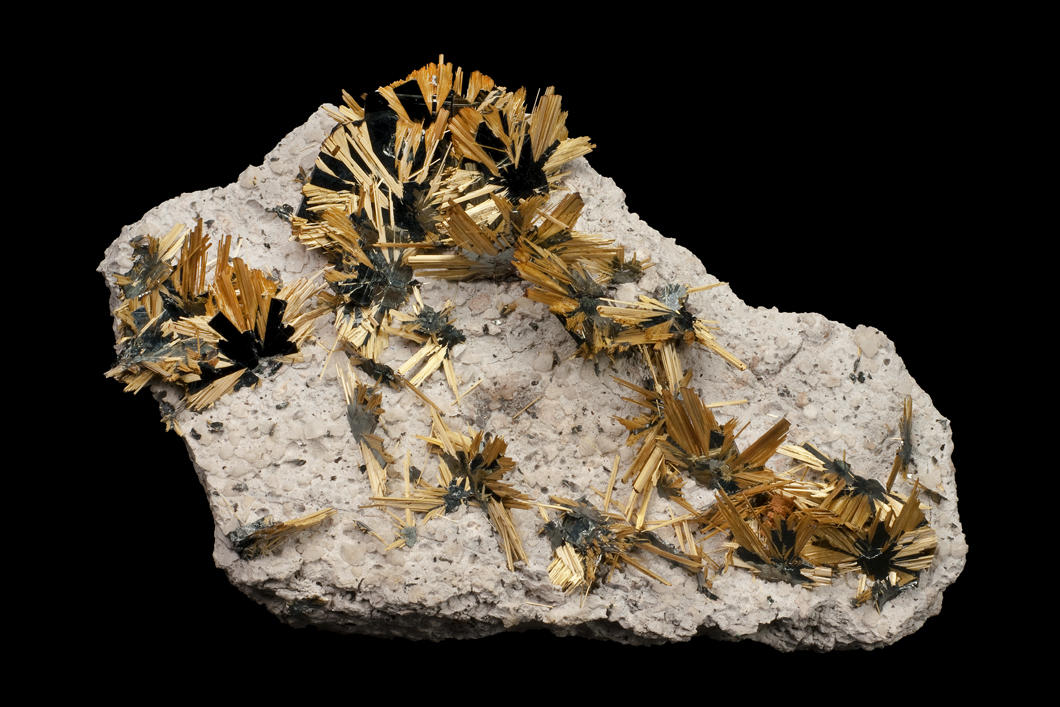
5
Slideshow mode
This “golden hair quartz,” with fine yellow crystals incorporated in the quartz, is from rutile extracted in Ibitiara, Brazil (20 x 12 x 8 cm).
Alain Jeanne-Michaud / Collection de minéraux de l'IMPMC / UPMC-Sorbonne Universités

6
Slideshow mode
Adamite (yellow-green) owes its name to its discoverer, Gilbert Joseph Adam, a great mineralogist and collector (19th century). Extracted from the Ojuela mine in Mexico, this adamite rests on lotharmeyerite (5 x 4.5 x 5 cm).
Alain Jeanne-Michaud / Collection de minéraux de l'IMPMC / UPMC-Sorbonne Universités

7
Slideshow mode
The mineral fibers of this mordenite (13 x 11 x 6 cm), extracted in Poona (India), create an incredible illusion of fur on its surface. Mordenite forms in the cracks and geodes of volcanic rocks.
Alain Jeanne-Michaud / Collection de minéraux de l'IMPMC / UPMC-Sorbonne Universités

8
Slideshow mode
The “rainbow-like” Fluorite (here, purple) can come in almost every color. Extracted in Berbes (Spain), this specimen is paired with barite (36 x 25 x 20 cm).
Alain Jeanne-Michaud / Collection de minéraux de l'IMPMC / UPMC-Sorbonne Universités
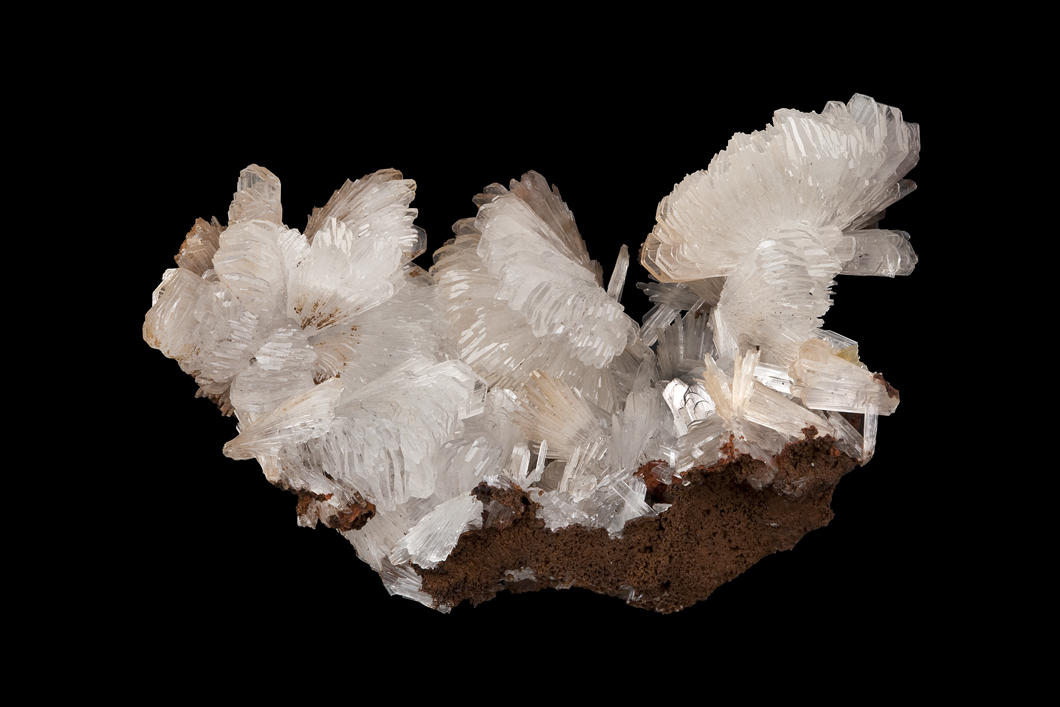
9
Slideshow mode
These remarkable fan-shaped hemimorphite crystals (8 x 5 x 5 cm) were extracted in the Ojuela mine in Mexico, reputed for the rare aesthetic quality of its white crystals.
Alain Jeanne-Michaud / Collection de minéraux de l'IMPMC / UPMC-Sorbonne Universités

10
Slideshow mode
The green shades and patterns of malachite are coveted by jewelers. This malachite (29 x 9 x 9 cm) was extracted in Kambove, in the Katanga Copperbelt (Democratic Republic of Congo), which has the world’s largest deposits.
Alain Jeanne-Michaud / Collection de minéraux de l'IMPMC / UPMC-Sorbonne Universités

11
Slideshow mode
This barite (30 x 26 x 16 cm) once lined large cavities in the Maine-Reclesne mine, in Saône-et-Loire (France). Some crystals from the best-known cavity, a 120-meter deep well, measured over 10 centimeters. Miners described them as diamonds.
Alain Jeanne-Michaud / Collection de minéraux de l'IMPMC / UPMC-Sorbonne Universités

12
Slideshow mode
Characterized by its dazzling pink, rhodonite takes its name from the Greek word for “pink,” rhodon. This exceptional specimen (15 x 12 x 8 cm) was extracted in 1988 in Chiurucu (Peru).
Alain Jeanne-Michaud / Collection de minéraux de l'IMPMC / UPMC-Sorbonne Universités

13
Slideshow mode
The most highly sought-after whewellite crystals are these ones from the Dal’negorsk mine in Russia, due to their rarity (9 x 8 x 4 cm).
Alain Jeanne-Michaud / Collection de minéraux de l'IMPMC / UPMC-Sorbonne Universités
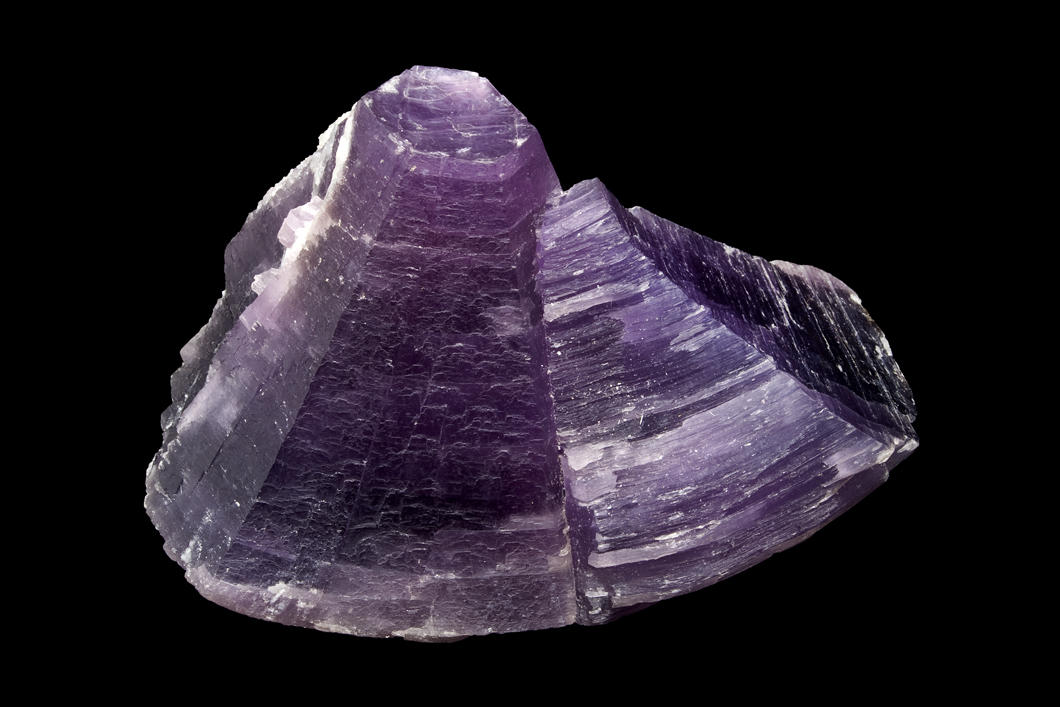
14
Slideshow mode
Lepidolite earns its name from its scaly structure: the Greek word lepivβ-lepis means “scale.” This specimen was extracted in Itinga, Brazil (10 x 8 x 6 cm).
Alain Jeanne-Michaud / Collection de minéraux de l'IMPMC / UPMC-Sorbonne Universités

15
Slideshow mode
The color of elbaite can vary within a single crystal. The mineral draws its name from its first specimens, discovered on the island of Elba. This elbaite was extracted in Paprok, Afghanistan (12 x 9 x 7 cm).
Alain Jeanne-Michaud
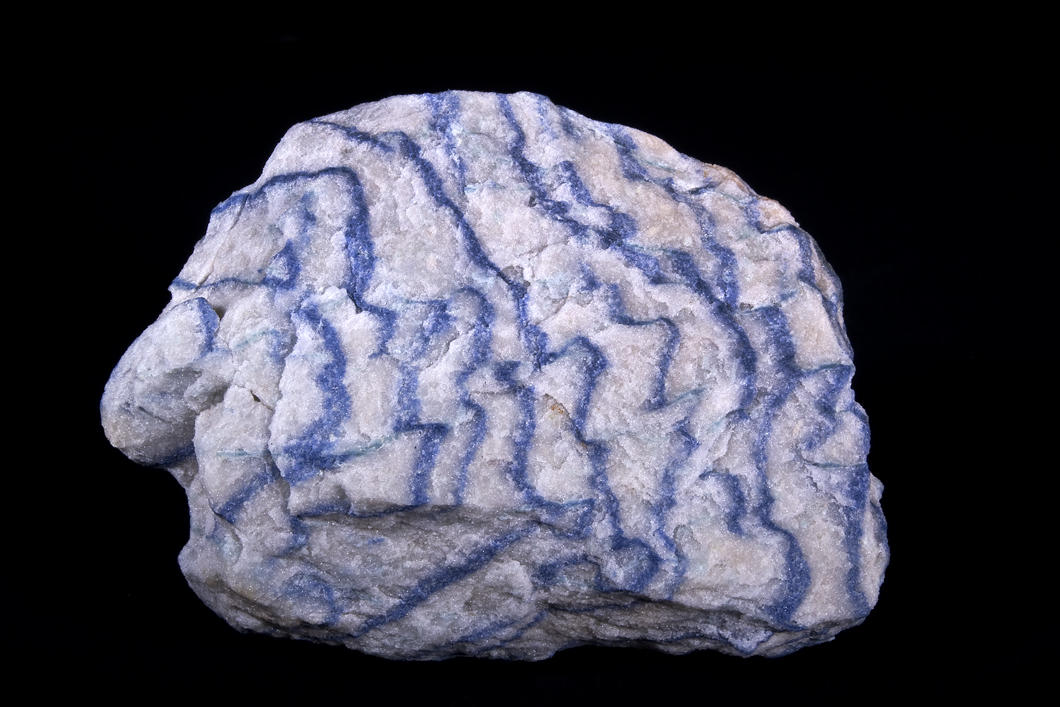
16
Slideshow mode
Named dumortierite in honor of paleontologist Eugène Dumortier (19th century), this mineral was extracted in Boquita, Brazil (8 x 6 x 3 cm).
Alain Jeanne-Michaud / Collection de minéraux de l'IMPMC / UPMC-Sorbonne Universités
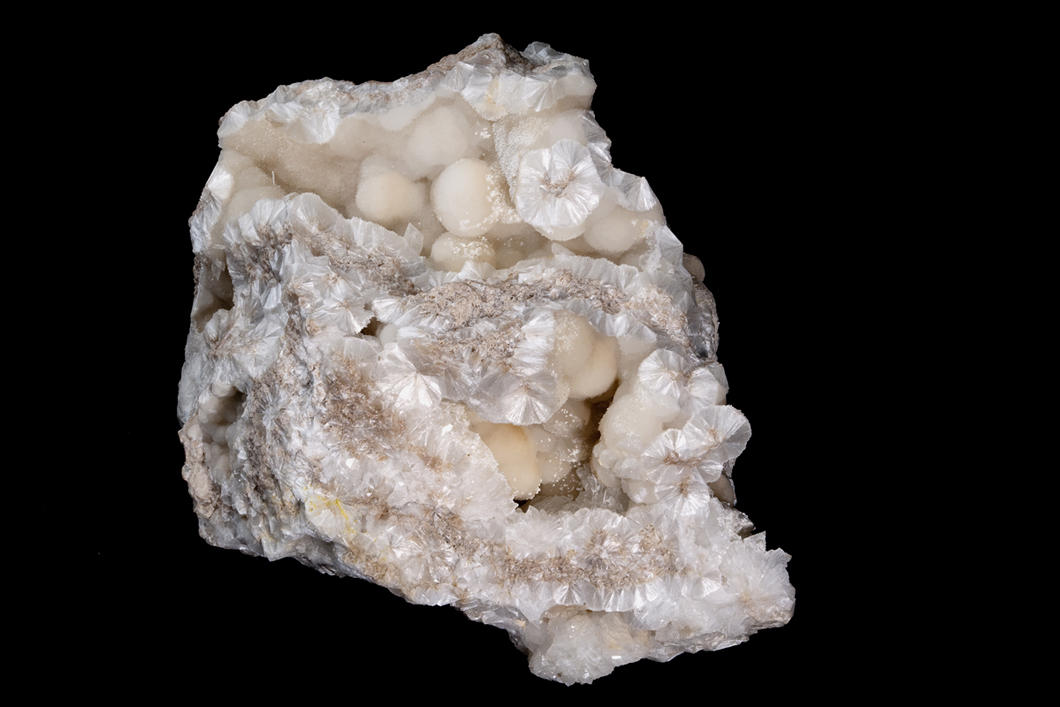
17
Slideshow mode
Hydroboracite forms in saline rocks and is fairly common. This specimen was extracted in Kara Gol, Iran (2 x 16 x 14 cm).
Alain Jeanne-Michaud / Collection de minéraux de l'IMPMC / UPMC-Sorbonne Universités
Explore more
Matter
Article
10/27/2025
Slideshow
07/17/2025
Article
07/07/2025
Article
03/26/2025
Slideshow
03/19/2025
Mineral
Article
07/20/2016
Opinion
11/16/2015







